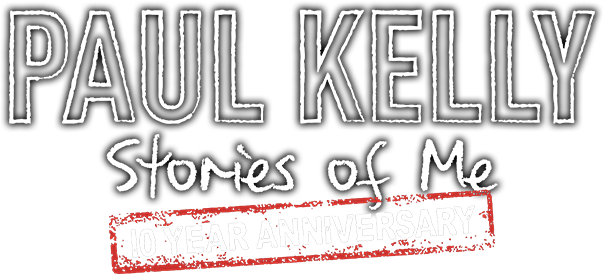Teacher page
Analysing and Evaluating Response
This section of the resource explores the reception of the text, a student’s own reception and reception of the text by the public and valuing by cultural institutions.
Students address the Australian Curriculum content by
- comparing texts in a variety of contexts, mediums and modes by
- explaining the relationship between purpose and context
- analysing the style and structure of texts including digital texts
- investigating the representation of ideas, attitudes and voices in texts by
- analysing the ways language features, text structures and stylistic choices shape points of view and influence audiences
- evaluating the effects of rhetorical devices
- analysing how attitude and mood is created
- analysing and evaluating how and why responses to texts vary through
- the impact of language and structural choices on shaping own and others’ perspectives
- the ways ideas, attitudes and voices are represented
- creating a range of texts by
- using imaginative, interpretive and persuasive elements for different purposes, contexts and audiences
- experimenting with text structures, language features and multimodal devices
- developing and sustaining voice, tone and style
- selecting and applying appropriate textual evidence to support arguments
- reflecting on their own and others’ texts by
- analysing the values and attitudes expressed in texts
- explaining how and why texts position readers and viewers.
One of the most important things students learn in their senior years of English is how to develop and refine their personal response to texts – moving their spontaneous first response to something more considered, grounded in the text, and ultimately to a critical reading, one that recognises how our own experiences and perspectives influence the ways we understand the world and how silences in a text can be given voice.
Evaluation of texts extends beyond consideration of texts in isolation and invites students to assess cultural value. Cultural value has been a contentious issue in the past and in some arenas continues to be so. As students are about to graduate from secondary education, the consideration of cultural value in this resource is in the context of educational institutions.
NEXT:
ANALYSING & EVALUATING RESPONSE
